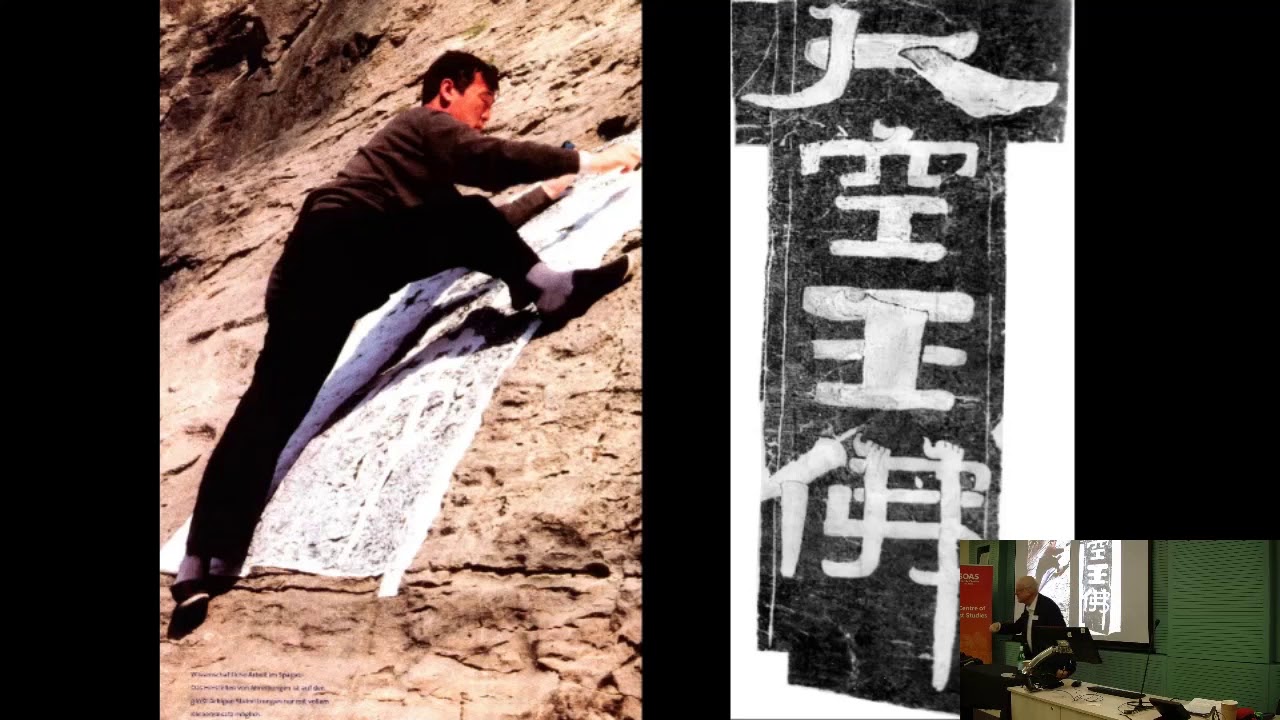China writes differently

Key information
- Date
- Time
-
5:30 pm to 7:00 pm
- Venue
- Paul Webley Wing (Senate House)
- Room
- SWLT (S108)
About this event
Prof. Lothar Ledderose (Heidelberg)
Abstract
The first part will argue that in the name of a Buddha written in Chinese characters the Buddha is believed to be present himself. This name emanates religious power and it can be worshipped. Examples are taken from the stone engravings of the second half of the 6th century in Shandong.
The second part will introduce the sutra texts that were engraved in caves in the 8th century in the Grove of the Reclining Buddha in Sichuan (Wofoyuan). They were considered to be relics of the Buddha’s body and complement the colossal statue of the Reclining Buddha in the Grove. The Grove thus is a monument in overcoming death.
The third part will compare the role of Buddhism in the time of political division of China from the 3rd to the 6th centuries and the role of Christianity in the same time in the Roman Empire. It will be argued that the reunification in China was facilitated by the logographic system of script, whereas the alphabetic systems in Europe were a factor preventing the reunification of the Roman Empire.
Bio
Lothar Ledderose is senior professor of the history of East Asian art at the University of Heidelberg, member of the Heidelberger Akademie der Wissenschaften and fellow of the British Academy. His books include Mi Fu and the Classical Tradition of Chinese Calligraphy (Princeton 1979), and Ten Thousand Things (Princeton, 2000). He is the series editor of Buddhist Stone Sutras in China, of which 7 volumes have appeared so far. In 2005 Lothar Ledderose was awarded the Balzan Prize.
